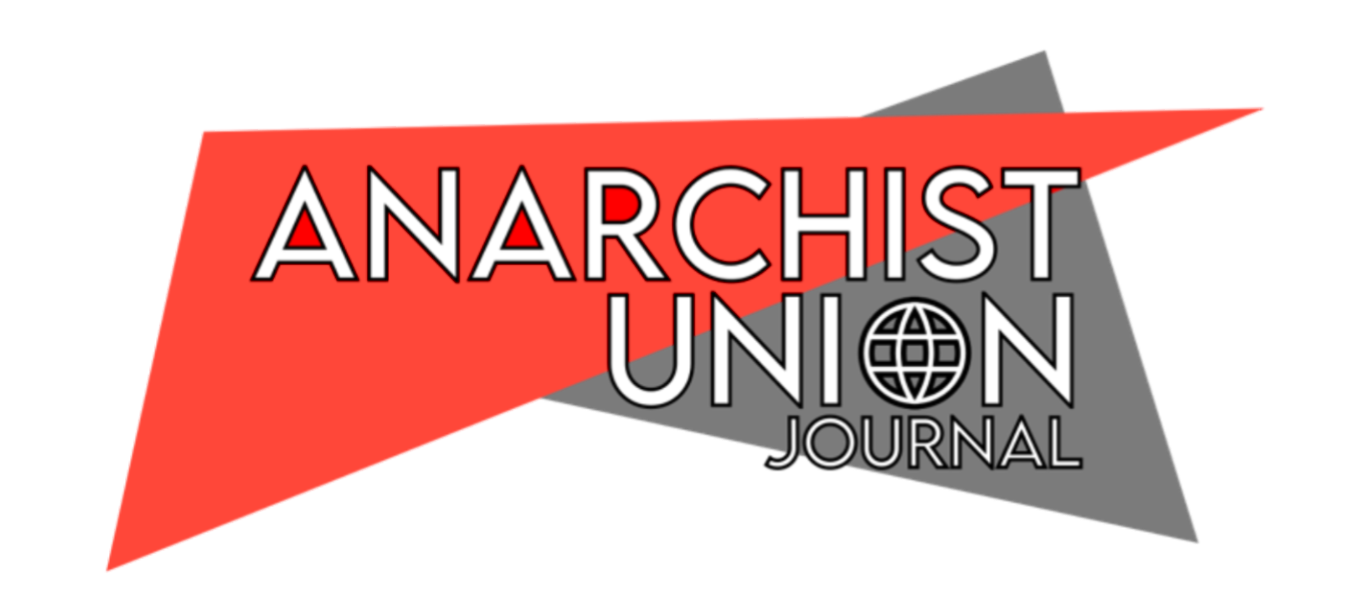What is anarchism?
Freedom is only possible in a free society without oppressive social institutions, such as the state and capitalism. For most anarchists, this free society needs to be a libertarian communist one.
But why are there so many tendencies within anarchism? For example there are the anarcho-syndicalists, the neoplatformists/especifismo, the individualists, the insurrectionists, the post-anarchists, the anti-specists, etc. Anarchism might look pretty messy or even contradictory sometimes!
What’s behind anarchism’s various labels?
Those various anarchist labels are mostly explained by their different narratives and organizing.
What is the narrative? Just ask ‘’What are the causes of inequities and oppressions?’’
What is the organizing? Just ask ‘’What tactics and organizations are to be used, or not used and built, or not built, in order to achieve a free society?”
What is anarcho-syndicalism’s narrative?
Anarcho-syndicalism’s narrative is that exploitation and oppression have various faces and levels. The more important are structural to the societal level. The inequities and oppressions will remain as long as our society remains in those structural power relations and hierarchies. The most powerful groups in society gain their power from capitalism and the State, because these are the strongest institutions that maintain the power structures and status quo.
What is anarcho-syndicalism’s organizing?
Anarcho-syndicalism’s organizing is about getting involved in an anarcho-syndicalist union or building one if none is near. These organizations are class-based, which means open to all workers, but operate on anarcho- syndicalist principles. The anarcho-syndicalist federation is made of both working-class communities groups and workplace unions.
You may answer that this is ”syndicalism” then.
Indeed, some people use the words ”syndicalism” and ”anarcho-syndicalism” as if they were the same. We think they aren’t today.
What is syndicalism?
The word ”syndicalism” comes from French ”syndicat”, which simply means ”union.” It was adopted in the anglo countries out of inspiration from the French ”Confédération Générale du Travail”. Indeed the CGT (a union) was famous for its ”revolutionary syndicalism” in its glorious days around 1900. At that time, direct action unionism was based on the Charter of Amiens in which anarchists compromised their politics with socialists.
Following that charter, the unions were associated with each other by industry. The industrial union will be the structure that will replace capitalism. The charter says that political parties are legitimate, but have to keep their influence outside of the union.
At that time, both socialists and anarchists could be ”syndicalists”. So-called ’’communists’’ (aka Bolcheviks) were also syndicalists. Today’s syndicalism is still a mixture of Marxism and anarchism as it was in 1905– a political, working-class struggle, direct action, working- class autonomy and federalism– with a blurred revolutionary project.
What’s anarcho-syndicalism?
We owe the word “anarcho-syndicalism” to Sam Mainwaring who lived in England in the 1890s. Not long after, in Russia in 1907, this word also appeared in the writings of Novomirsky. Back then, it wasn’t used to talk about a movement but to talk about individual anarchists who engaged in unions. Anarcho-syndicalism as a movement emerged as a split in the syndicalist movement following the Bolchevik’s take over of the Russian Revolution. The pro-Moscow syndicalists, who were finally absorbed into the Communist Party, despised the other syndicalists, calling them with contempt “anarcho-syndicalists”. The syndicalists that were against Moscow’s Red International of Labor Unions founded the 1922 International Workers Association (IWA), which still exists today.
IWA’s charter, written originally by Rudolf Rocker, can be considered a fundamental text of anarcho-syndicalism.
This text used the phrase ‘’revolutionary unionism’’ until the 2022 IWA congress when it was voted to change it to “anarcho-syndicalism’’.
Another fundamental text is the “Paris Charter,” which was written by the French Confédération Nationale du Travail in 1946. This Charter can be seen as an uncompromised update of ‘’Charter of Amiens,’’ because the unions now stand against political parties in favor of ‘’walking toward free communism.’’
Bringing ”anarcho” into anarcho-syndicalism
As we can read in the IWA statutes and Paris Charter, anarcho-syndicalist groups differentiate themself from syndicalist by:
1) promoting actively communist anarchism among the working class
2) rejecting participation in ”revolutionary” transitory state, reformist and authoritarian organizations
3) refusing all forms of centralization
4) rejecting the role of unions and industry in the present and future society (Guinchard, 2014).
Building an anarcho-syndicalist movement and organization in the USA and Canada will represent an improvement of our social activism and movement. With its federalist structure, the IWA makes every union across the globe equal, because the congress is not ruled by a proportional voting system. Being part of the IWA is being in direct contact and solidarity with groups in Asia, South America and Europe. All IWA groups are interested in sharing libertarian-communist ideas and organizing. And also sharing our common resources, experience of direct action practice, and strategies. If you’re curious about how to participate in building IWA affiliated unions in both the USA and Canada, you may contact the Anarchist Union Journal.
Citations
Guinchard, F. (2014). The Birth of an International Anarcho-syndicalist Current. Workers of the World, 4, 150-171.


